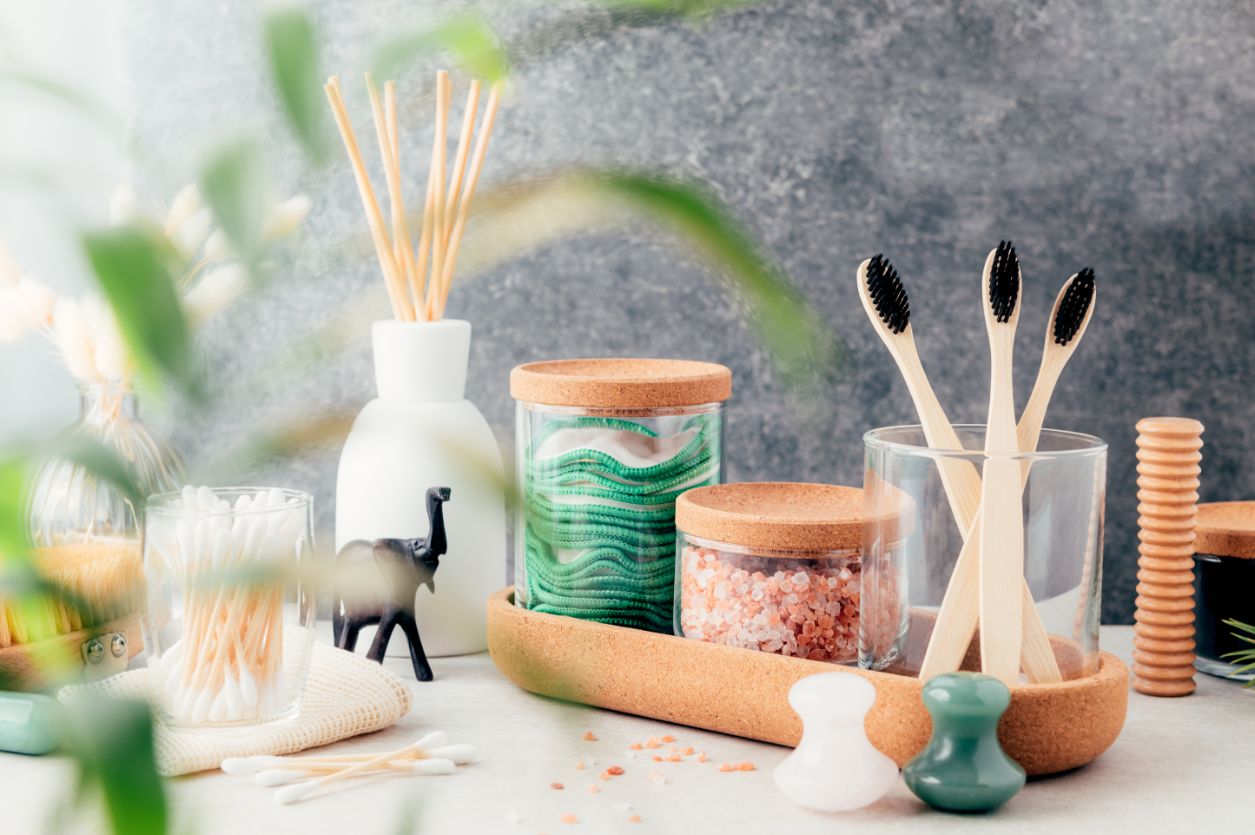With an increasing awareness of the necessity to take care of Mother Earth, many campaigns and challenges have been started to influence people to become more responsible global citizens.
While many people are convinced to take action in protecting the environment, they see the shift to be daunting because of the hefty price tag that comes with it. But does it really have to be expensive?
This article explains how starting a sustainable living does not have to be expensive. What’s more, it might actually lead to more significant savings long term.
Initial Costs as Investment

People who have just started embracing a sustainable lifestyle are overwhelmed by the sudden increase in their weekly grocery shopping costs.
Of course, buying products that don’t use plastic packages would mean buying in bulk. This also means choosing ethically produced and organic products over chemical-laden ones sold in most supermarkets, with the latter being more readily available and to an extent less expensive than sustainable products.
However, most of these are simply once-off upfront costs. Buying in bulk means you have products in your pantry that will last you for weeks, even months. Buying sustainable products would last you for years, and investing in items that are not for single use will cut off your expenses in the long run.
On the other hand, we don’t usually pay attention to the cost of single-use products, but if you add up the small costs of buying disposable items, you will see that it will cost you more. For example, using a reusable cotton pad could replace 1,750 cotton rounds meant for one-time use. Especially these days, when shopping for sustainable products is as accessible and affordable as ever before.
Wrong Perception
The cost for sustainable products may seem to be blown up compared to what we would typically be willing to pay for. But is sustainability really expensive? Not quite. It’s just that consumers have been used to cheap unsustainable products.
Sustainable products are made from quality materials, produced by people paid fairly, using eco-friendly means. These items are made to last long compared to a lot of products today that are made to break.
People are also easily lured by convenience. It is a lot more convenient to drive a car than to use a bike or public transport. It is a lot easier to buy a bottle of water when you get thirsty than to carry a bulky water bottle everywhere you go.
Related: 10 Best Water Bottles to Keep You Hydrated All the Time
It’s way effortless to use diapers than to clean poop-stained cloth diapers. And it takes a lot less effort to buy single-use products than to wash, clean, and reuse more sustainable ones.
The thing with living sustainably is that people are empowered to be more conscious and intentional with their choices. While it does need more conscious decision-making and deliberate effort, the good thing with this is that you are doing both your wallet and your world a huge favor.
Poor Depiction by the Media

Social media projects an image of how life should be like – sustainable living included. Influencers on social media, especially Instagram, need to make sustainable living look appealing and aesthetically pleasing, and therefore, expensive.
Why?
First, to attract more people. People are innately attracted by pretty things. Second, most of them partner with sustainable brands – thus, they are commissioned to show-off an enticing lifestyle. These posts imply to audiences that they need to live in spacious houses with few home decors in order to lead sustainable lives.
But there’s actually a vast difference between what the media advertises as sustainable living and real, sustainable living. If we get past the pressure and misinformation given by social media, sustainable living is actually cost-efficient.
A real, sustainable lifestyle is a lot cheaper than a sustainable lifestyle depicted on Instagram. And the expenses of leading a sustainable lifestyle are comparable if not more affordable than living a “traditional” one.
While buying ethically sourced, sustainable products may come off as expensive, buying from thrift shops, embracing a minimalist lifestyle, growing your own garden, using a bike or public transport for daily transportation and travel, opting for reusable products, and trading high street brands with second-hand ones, will ultimately save you a lot of money.
In Summary

Sustainable living does not necessarily have to be expensive. While transitioning to a sustainable lifestyle may be initially hard, the benefits outweigh the inconveniences. It affects our lives positively with the products we choose to buy, fill our homes with, and put on our bodies. It also minimizes our impact (and carbon footprint!) on the world.
This does not mean to say that the shift is easy. You can take it one lifestyle change at a time. Know that even the slightest change done consistently will make a significant impact on the plastic-laden world we’re living in.

